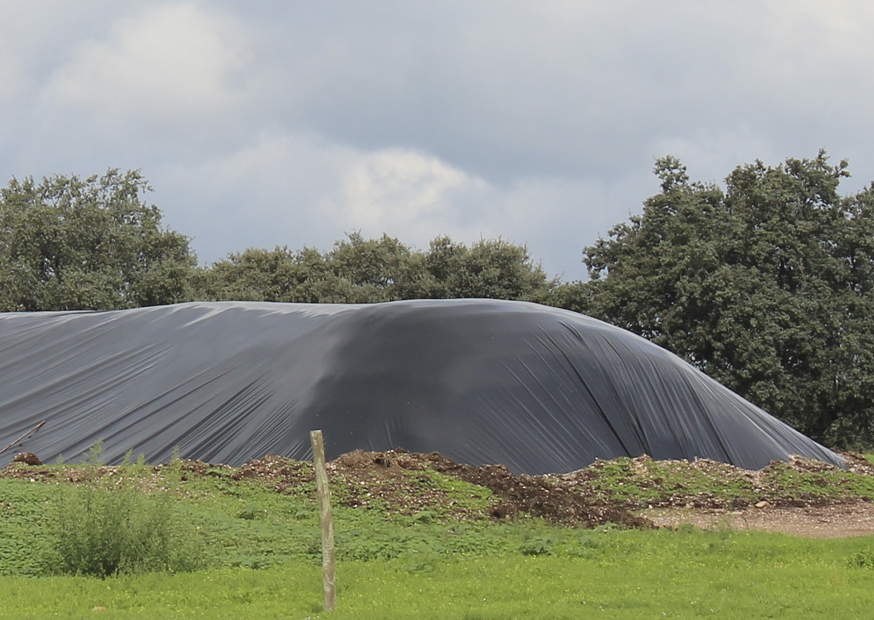Ensilage

With the ensilage technique we can preserve the forage, with greater nutritional power in the fresh state for a longer time, avoiding drying and preserving light, water and air.
The temperature that the green mass of forage takes is the key to a good silage. This must be optimal to allow the multiplication of bacteria.
By the tonality of the silage we can know the temperature registered inside the silo. These are the main features:
- If the silage is at a cold temperature, it will acquire a greenish brown tone and its smell is strong. The Ph is equal to or more than 5.
- If a normal temperature is reached, the forage mass has a soft yellow or greenish tone. In this case the smell is soft and very similar to vinegar, the tissues are hard and the taste is very acidic. The Ph is less than 4.5.
- If the forage is subjected to high temperatures, its color varies from brown to black and its smell is like burnt sugar.
Sort by
per page

Silage 10 mts G/700
Call for pricing

Silage 12 mts G/700
Call for pricing

Silage 14 mts G/700
Call for pricing

Silage 8 mts G/700
Call for pricing

Silage 8 mts G/700
Call for pricing